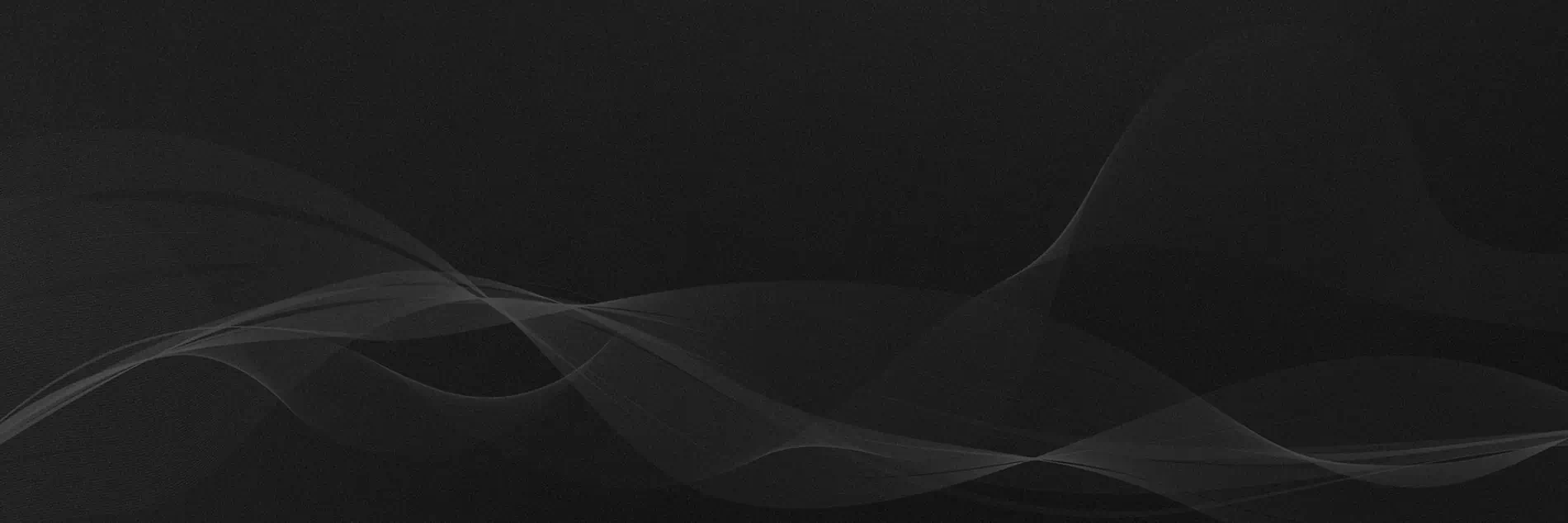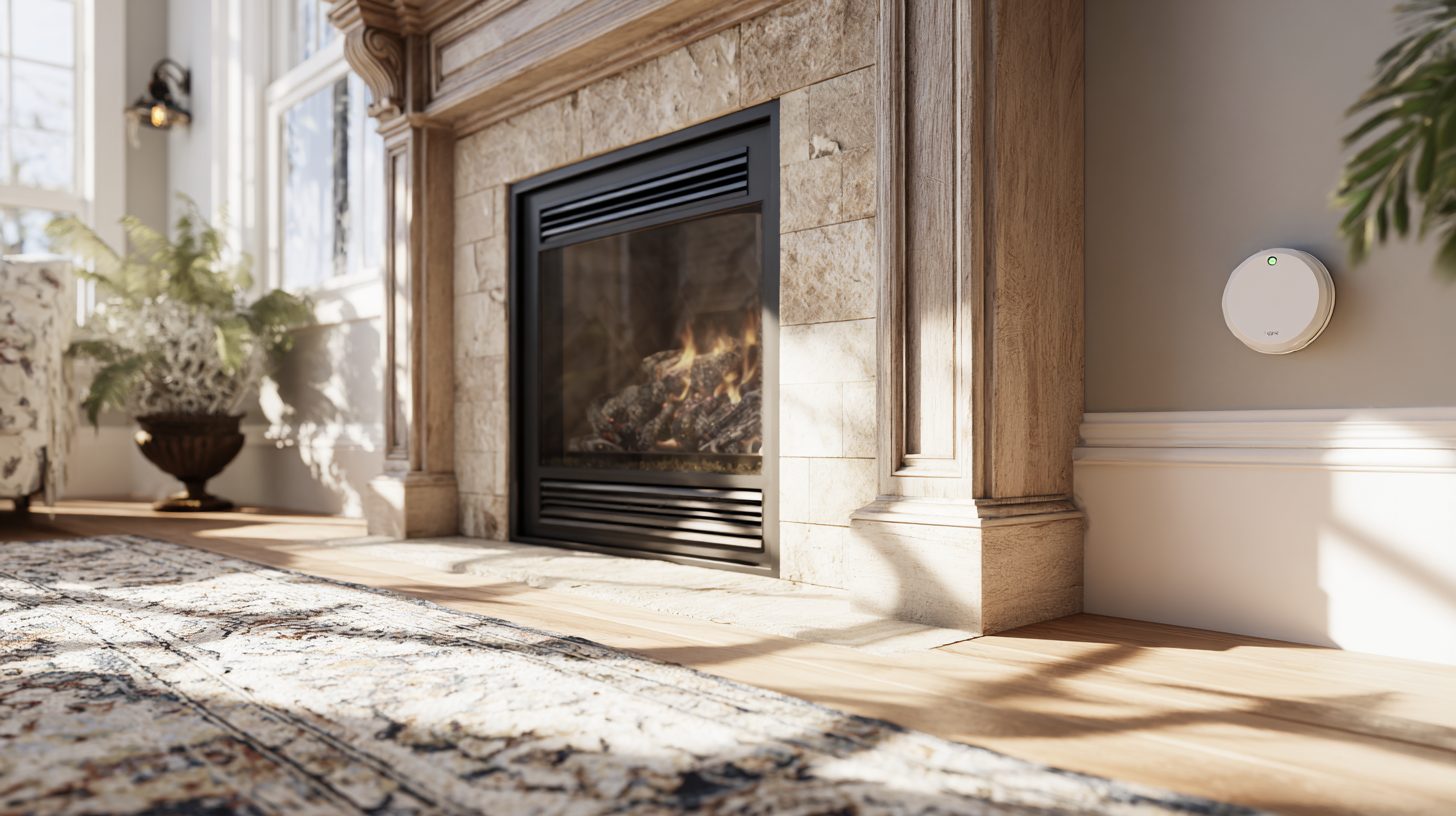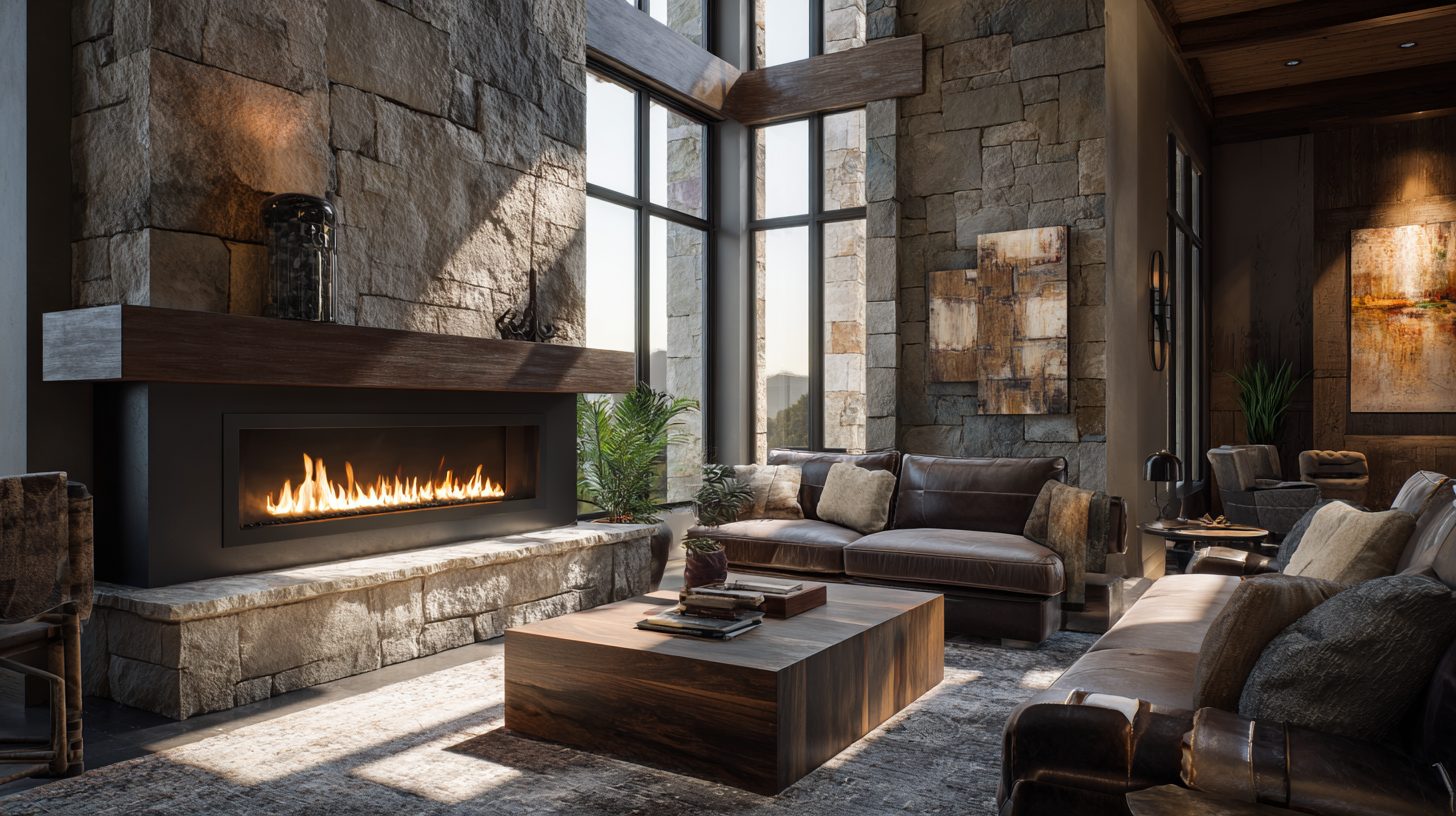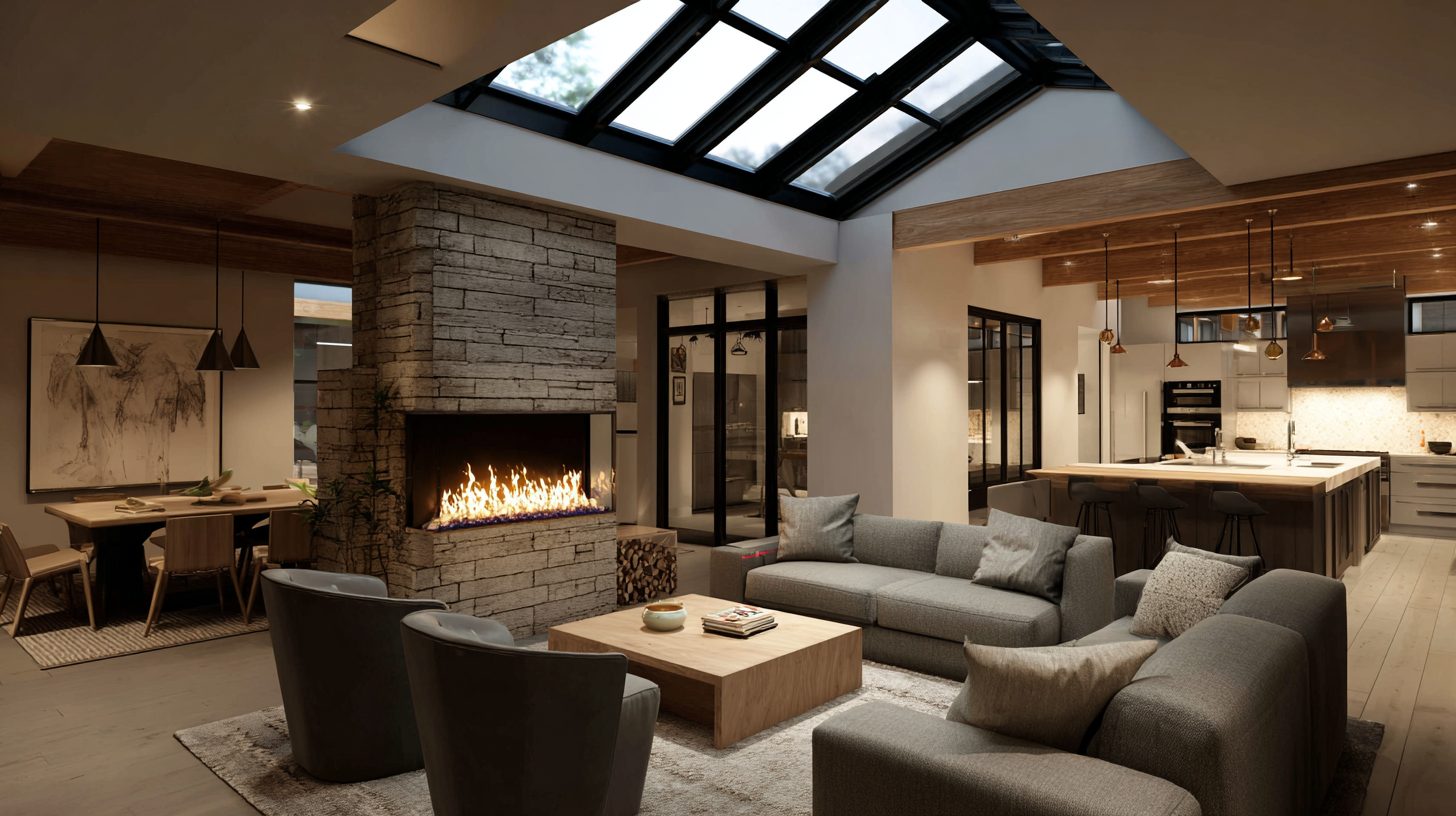How Chimney Caps Enhance Gas Fireplace Performance & Safety
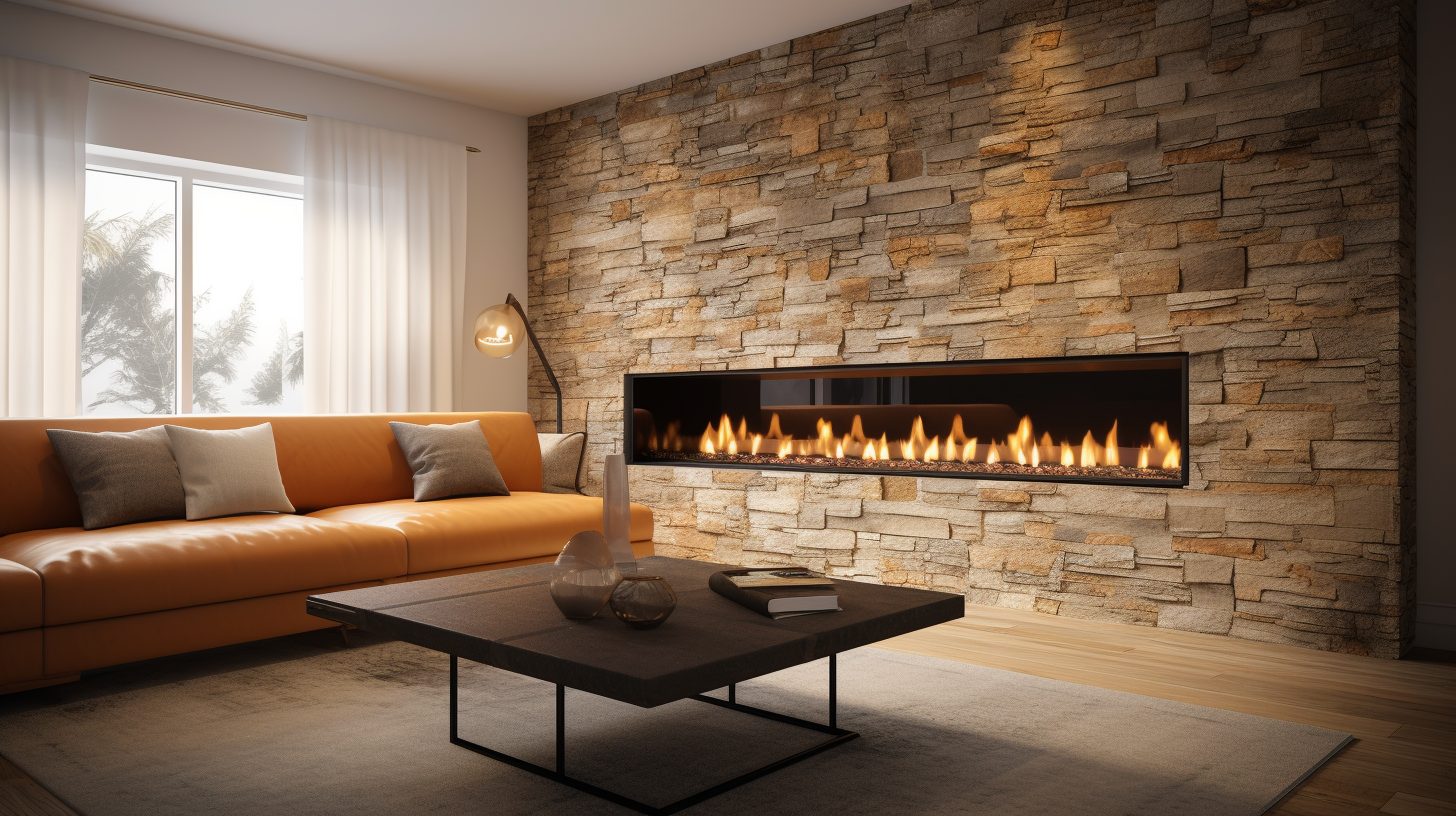
Introduction
Chimney caps may seem like small decorative add-ons, but they serve vital functions in protecting your home and ensuring your gas fireplace operates safely and efficiently. This detailed guide explains what chimney caps do, why they are essential for gas units, common issues, picking the right cap, maintenance tips, and answers frequently asked questions.
The Role of a Chimney Cap
At its core, a chimney cap is a weather-resistant cover that sits atop the chimney flue. It typically includes a metal or copper cap with mesh sides and sometimes a spark arrestor. A properly installed chimney cap:
- Separates rain and snow from entering the flue, reducing moisture issues.
- Stops wildlife—like birds, squirrels, and raccoons—from entering and building nests.
- Acts as a barrier against sparks or embers escaping the chimney.
- Disrupts wind gusts, mitigating downdrafts and maintaining proper draft flow.
Why Chimney Caps Matter for Gas Fireplaces
Despite being cleaner-burning than wood fireplaces, gas fireplaces still rely on proper venting. A durable chimney cap ensures:
- Uninterrupted exhaust flow: Rain, snow, debris, or insects blocking the flue can force combustion gasses to back up into your home.
- Protection from corrosion: Moisture entering an open flue can lead to rusted venting and liner damage.
- Stable pressure balance: Caps prevent wind-induced backflow that can extinguish flames or disrupt combustion.
- Wildlife prevention: Animals nesting in the chimney can obstruct airflow and cause soot buildup or CO hazards.
Typical Cap Problems That Affect Fireplace Safety
While chimney caps are beneficial, incorrect installation or poor material choice can lead to issues:
- Wrong materials: Galvanized steel caps corrode quickly and clog mesh with rust, especially near a gas fireplace.
- Incompatible styles: B-vent caps placed on direct-vent gas units can block exhaust and shutoff safety systems.
- Poor fastening: Slip-on, unfastened caps may blow off and expose the flue to the elements.
- Mesh clogging: Leaves, soot, or creosote can clog mesh openings, restricting airflow and posing CO risks.
Selecting the Right Chimney Cap
To avoid performance and safety issues, choose a chimney cap that is:
- Durable: Stainless steel is highly recommended for resilience; copper offers style but may need more care.
- Vent-suitable: Match the cap type to your vent—direct-vent, B-vent, or concentric flue—as incorrect types can disrupt gas fireplace operation.
- Securely installed: Opt for screw-mounted or welded caps to prevent wind-related displacement.
- Appropriately meshed: Mesh sizing should prevent intruders while allowing uninterrupted draft.
Maintenance for Longevity and Safety
Regular upkeep will prevent cap-induced problems:
- Annual cleaning: Remove bird nests, leaves, soot, and creosote buildup.
- Seasonal inspection: Look for signs of rust, damaged mesh, loose screws, or dents.
- Service integration: Include your cap inspection as part of your annual gas fireplace service, ensuring full-system checks.
- Timely replacements: Replace galvanized or old units before corrosion obstructs airflow.
Direct-Vent Systems: What You Need to Know
Many modern gas fireplaces use direct-vent systems, which use a concentric pipe—inner for exhaust, outer for fresh air draw. These systems:
- Promote sealed, safe combustion since air is sourced externally.
- Depend on stable outdoor pressure; windy conditions can reverse airflow.
- Require caps specifically designed to maintain proper clearances for both air intake and exhaust.
Improper venting often results from blocked or subpar caps, emphasizing why fit and installation matter.
Troubleshooting Common Venting Problems
If your gas fireplace shows symptoms like yellow flames, frequent extinguishing, soot build-up, pilot light failure, or unexpected odors, the issue may originate from the chimney cap or vent system. These signs indicate blocked airflow or pressure imbalance and should be addressed promptly.
8. Frequently Asked Questions (FAQ)
Q: How often should I clean my chimney cap?
A: At least once a year, preferably before or after the heating season. In regions with heavy rainfall or debris, you may want to inspect mid-season.
Q: Can I install a chimney cap on my own?
A: It’s best done by a qualified technician who can ensure correct cap fit, secure fastening, and compliance with building and safety codes.
Q: Wildlife is nesting in my chimney—can the cap help?
A: Yes—install a mesh-cap with appropriate sizing to prevent animals entering, but you’ll want a professional removal of the existing nest first.
Q: My fireplace smells like gas or soot—could the cap be to blame?
A: Absolutely. A clogged mesh or wrong cap style can impede airflow, leading to soot formation or deadly carbon monoxide pooling indoors.
Q: Should I replace a galvanized cap?
A: Yes—galvanized steel may rust quickly. Upgrading to stainless steel is a simple fix that enhances safety and durability.
Q: Do I need a cap for a direct-vent fireplace?
A: Definitely. Direct-vent systems require specially designed caps to maintain proper exhaust and intake flow, often with built-in spark arrestors.
Partner with Experts for Total Safety
Chimney caps may seem like small elements, but they have a powerful impact on your gas fireplace’s safety, performance, and lifespan. Pairing cap inspection and replacement with a professional annual gas fireplace cleaning offers a full-protection approach. For expert service, including cap installation and full fireplace inspection, visit our trusted partners at gasfireplacecleaning.com.
Final Thoughts
Chimney caps are first-line defenders against the elements, pests, and airflow interruptions. A properly chosen and maintained cap prevents moisture, deters wildlife, supports stable combustion, and enhances vent safety. To avoid blocked airflow, vent fires, or carbon monoxide hazards, invest in quality caps, schedule frequent checks, and partner with professionals for installation and cleaning. Your fireplace—and your family’s safety—will thank you.

 We Ship Anywhere USA & Canada
We Ship Anywhere USA & Canada

